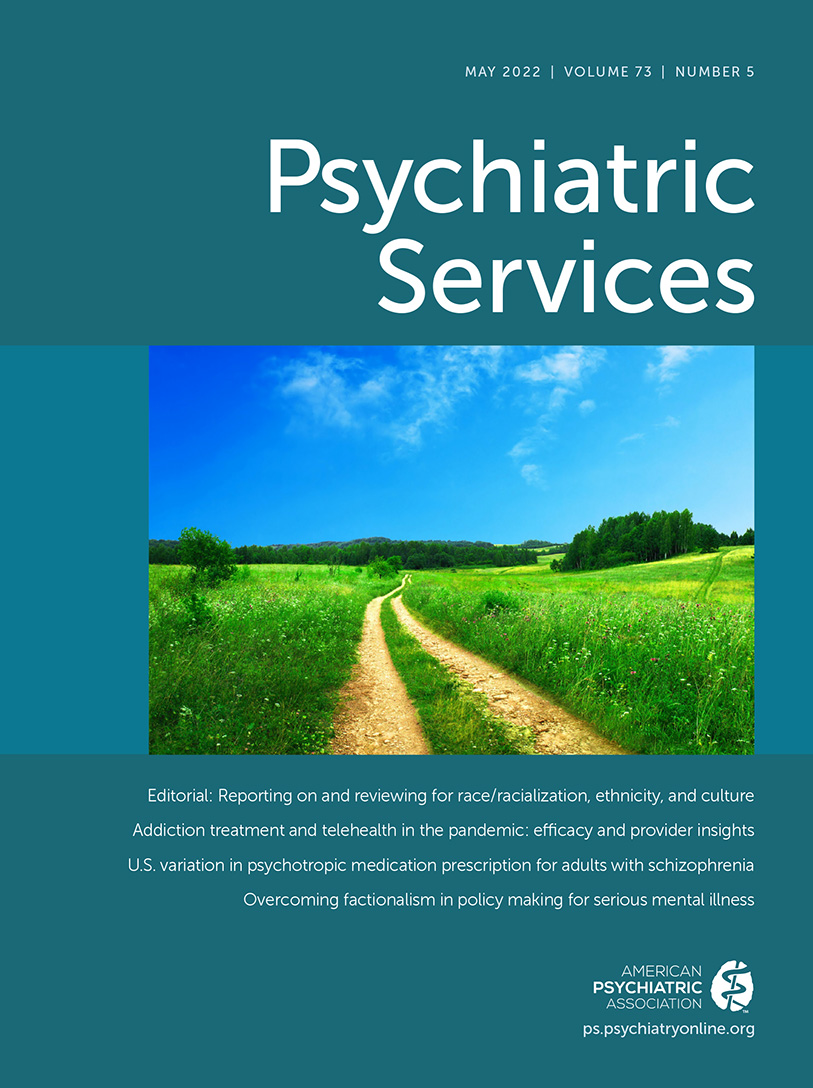Variation in Psychotropic Medication Prescription for Adults With Schizophrenia in the United States
Abstract
Objective:
Variation in prescription of psychotropic medications to patients with schizophrenia spectrum disorders may underlie health inequities. Using a national U.S. Medicaid sample, the authors examined prescription patterns of psychotropic medications commonly used for managing schizophrenia.
Methods:
Data from the 2011–2012 Medicaid Analytic eXtract were examined for demographic predictors of and variation across states in psychotropic medication prescription among adult patients diagnosed as having schizophrenia spectrum disorders (N=357,914). Percentages of patients in each state who filled prescriptions of at least 15 days of any antipsychotic, clozapine, antidepressant, benzodiazepine, mood stabilizer, or long-acting injectable (LAI) antipsychotic medication were determined after adjustment for demographic and clinical covariates. Multivariate regressions of clinical and demographic factors predicting prescription patterns were conducted.
Results:
Prescribing patterns for all types of psychotropic medications varied across states. Clozapine and LAI prescriptions showed the most dramatic differences across states and among patients with different demographic characteristics. Across states, adjusted proportions of prescriptions ranged from 4% to 22% for LAIs and from 1% to 11% for clozapine. Non-Hispanic Blacks and people of other race-ethnicities were more likely than non-Hispanic Whites to fill prescriptions for LAIs, and non-Hispanic Whites were more likely than individuals from other racial-ethnic groups to fill prescriptions for clozapine and all other medications.
Conclusions:
Considerable variation in prescribing patterns of LAIs and clozapine by race-ethnicity and across states suggests uneven quality of care for individuals with schizophrenia spectrum disorders in the United States. A better understanding of what causes this variation could inform policy makers to improve treatment for this vulnerable population.



